The May rain falls. Is it my tears or the mist that surrounds me? Nightingale, carry my name up above the clouds!
– Ashikaga Yoshiteru
Part of the magic of Mizukami Satoshi is to take what in lesser hands might be no more than battle shounen (albeit epic battle shounen) and imbue it with deep pathos and subtle character arcs. He can do intimate as well as anyone (I think Spirit Circle falls into this category). But he can go big, too. He did so in Hoshi no Samidare, and elevated the art even further in Sengoku Youko. Mizukami is an all-rounder in a way few mangaka are. A jack of all trades, to be sure, but no means a master of none.
This episode is both epic and intimate in inimitable Mizukami fashion. It follows the two great battles of 19 May, 1565, taking place in and above Kyoto. One is purely fictional (obviously) and one loosely based on historical events. But the contrasts go far beyond that. Senya and Mudou go at it like the boys they are, Mudo full of killing spirit but swept up in Senya’s pretense of fun about the whole encounter. At what would become Nijo Castle, however, the events taking place have a darkness and ugliness about them and not a trace of coltish innocence.
There’s certainly deceit and dishonor in Senya and Mudou’s battle. But it all comes from Tago (the adult in the room) not Mudou. And it came in service of his larger purpose, the assault on the shogun’s residence. There’s no malice in Mudou – he bears Senya no ill will. He just wants to fight him – and eat him – because he’s strong. He’s a simple fellow to say the least, and even has a sort of honor – he told Senya he’d keep Tsukiko safe and where she’d be, and lived up to it.
For Senya’s part, the laughing and smiling is all an act. He can mimic Yoshiteru but he can’t feel what the Shogun feels. He even asks Mudou to teach him how to enjoy getting his ass kicked, which rather bemuses the young dragon. But the katawara inside him certainly can laugh and mean it – and they’re starting to believe in Senya as a worthwhile friend. Nau moves in to rescue Tsukiko, which is technically a breach of the agreement but when you kidnap somebody I don’t think you have grounds for complaint. Tago has left a shikigami behind to guard her, but the resourceful Tsukiko deals with that in short order. She also declines to be rescued, putting her faith in Senya to rescue her. If that’s not love I don’t know what is.
The whole encounter has the air of two lords of the schoolyard in a battle for bragging rights. There’s no such aura to the ugliness at the Shogun’s palace. This a man prepared to die and taking as many with him as he can, a betrayer watching at a distance while others do his dirty work, and a mysterious third party we’ve seen before.The true story of Ashikaga Yooshiteru is quite a dramatic one. His family were mere puppets when he was born, and he and his father were twice forced to leave Kyoto in exile. When his fortunes turned and he eventually became shogun himself, nothing was expected of him. But Yoshiteru proved to be a cunning politician and brilliant administrator who quickly gathered power to the shogunate once more.
That of course would prove to be his downfall. There were many powerful daimyou who had no interest in seeing a strong shogunate or a strong shogun. Ashikaga was killed in as assault on his Nijo residence (he actually died in June according to the modern calendar), led by Matsunaga Hisahide and members of the Miyoshi Clan, and his brother was installed as a puppet. By legend he composed the above death poem in his final moments. Here, he appears to be faring quite well – cutting down everything Matsunaga throws at him. Indeed, he seems to be defying his own fate – until the five hooded figures show up again, and distract Yoshiteru long enough for Matsunaga to stab him in the back.
Both Senya and Yoshiteru are certainly GAR here, but in very different ways. Senya never sought this battle, and he doesn’t seek Mudou’s death. He’s doing what he has to do for Tsukiko’s sake and to understand who and what he is. He’s certainly powerful and resourceful enough to have made the difference at the palace – which is precisely why he was lured away from it. Yoshiteru has becomes stronger than any normal man. and seems quite untroubled and even joyful at taking the lives of those who have come to claim his. But he too did not seek this fight, and he faces his own demise without a trace of fear or resentment at fate. Indeed this is hardest on Shinsuke, who sees another precious ally fall when he feels he might have taken action to prevent it.
Because this is Sengoku Youko, even when a great character leaves the scene there’s always another lined up to take their place. If it’s Thursday it must be Hakke Neko, the seer Tama visits to find information about the missing Jinka Yamato. No less than Shintani Mayumi (the only seiyuu I’ve interviewed, as it happens) is playing Hakke Neko, an inspired choice for another inspired Mizukami creation. It’s pretty much a limited express from here to the end of this line, but the track has plenty of twists and turns.


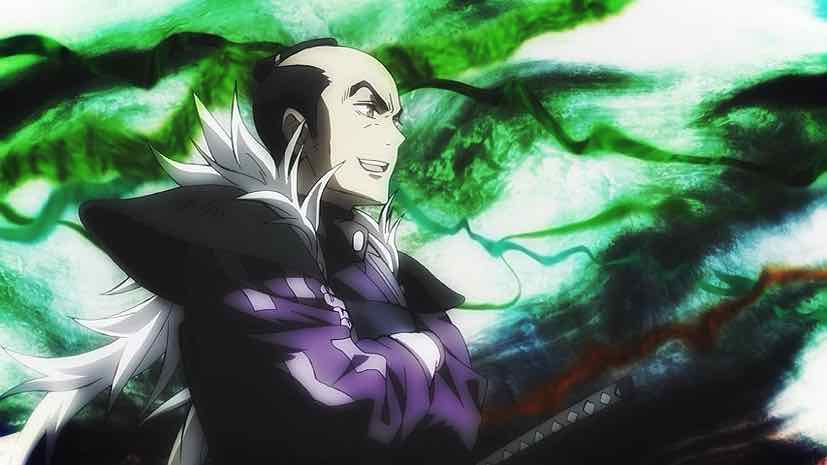
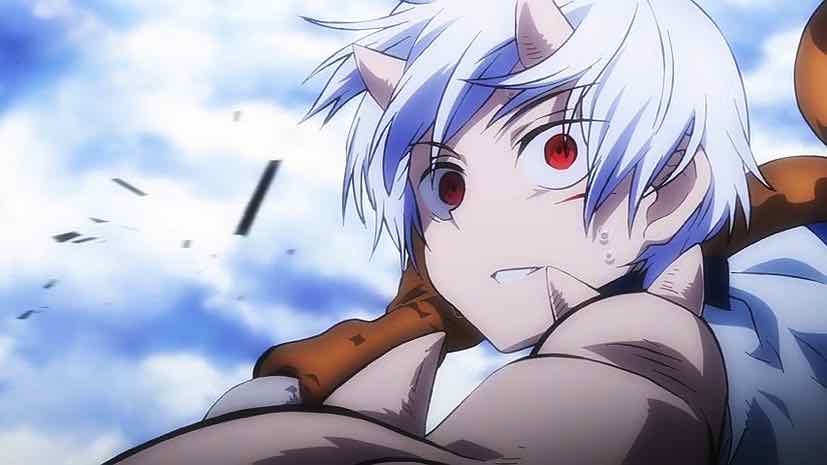

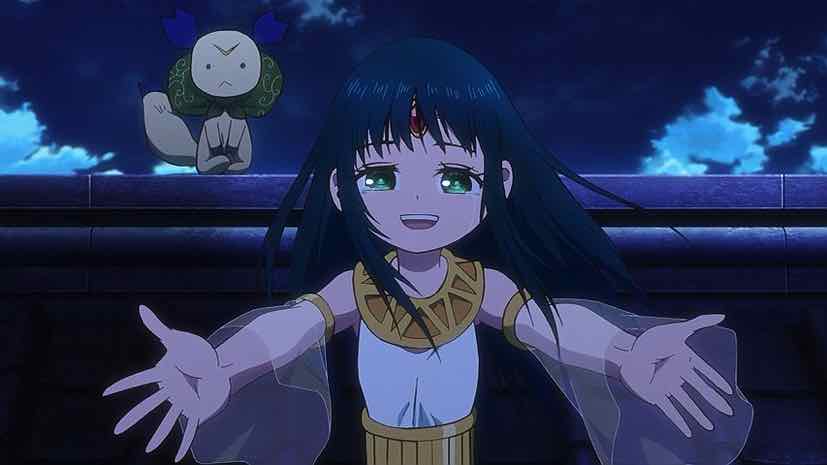
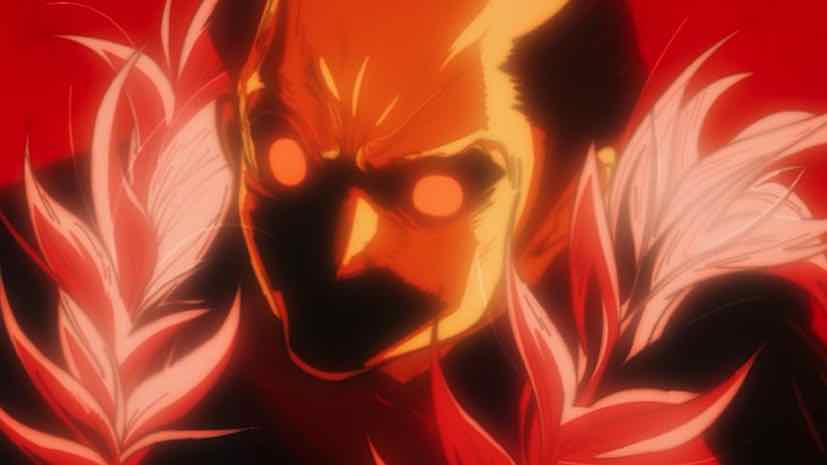
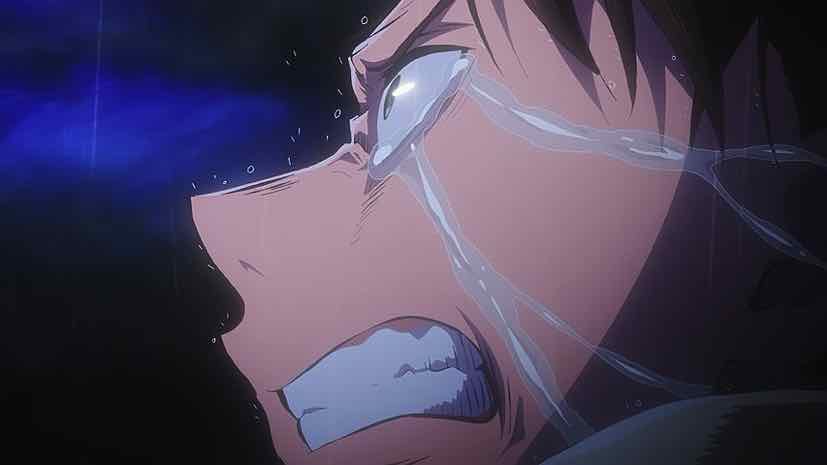
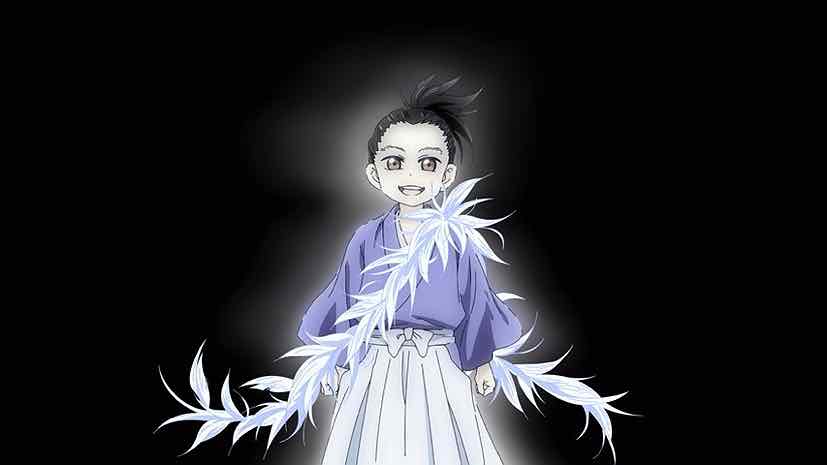

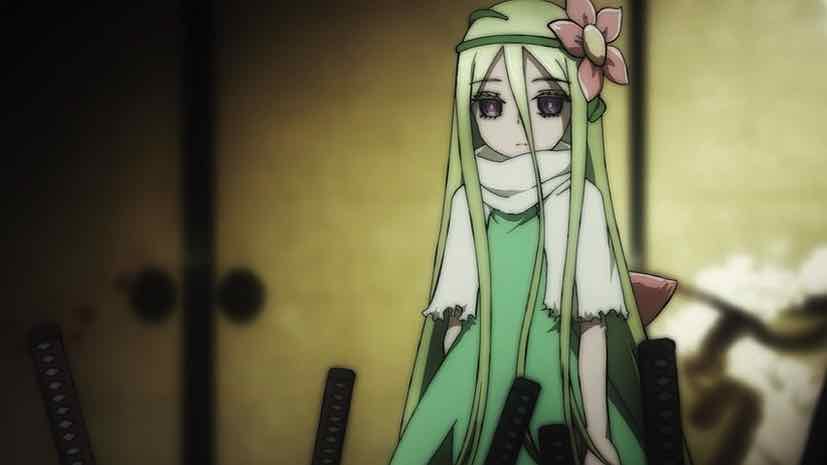
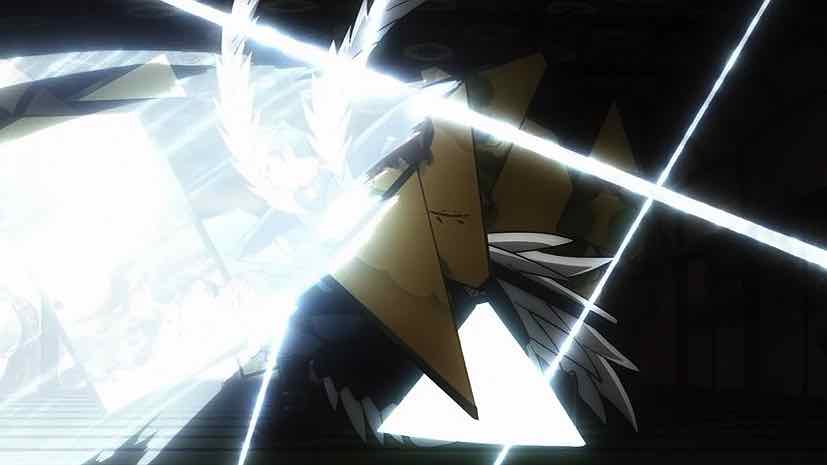

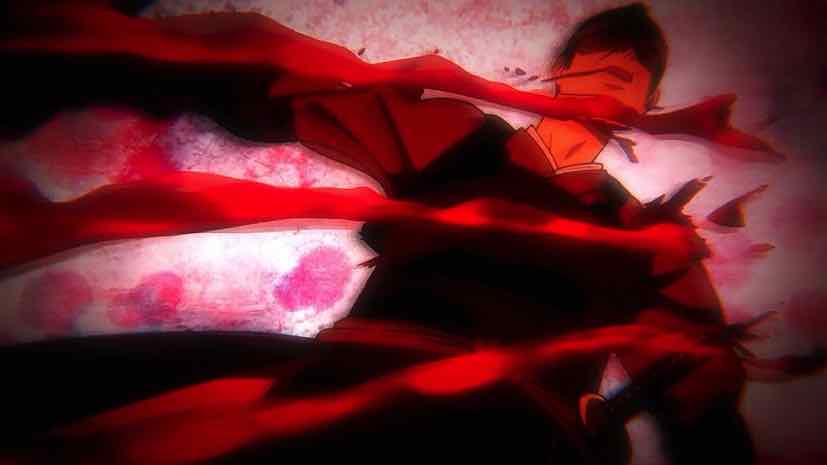
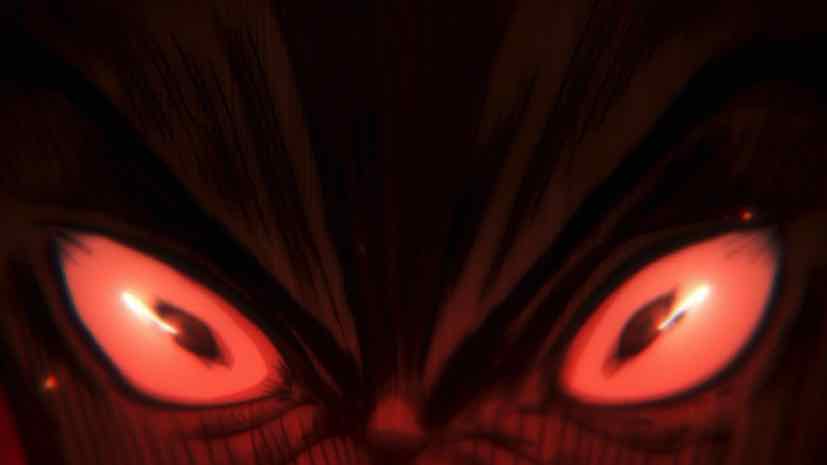




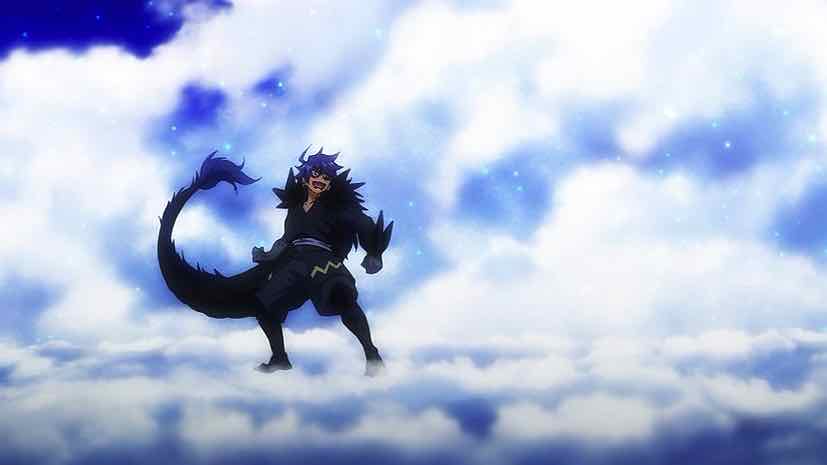
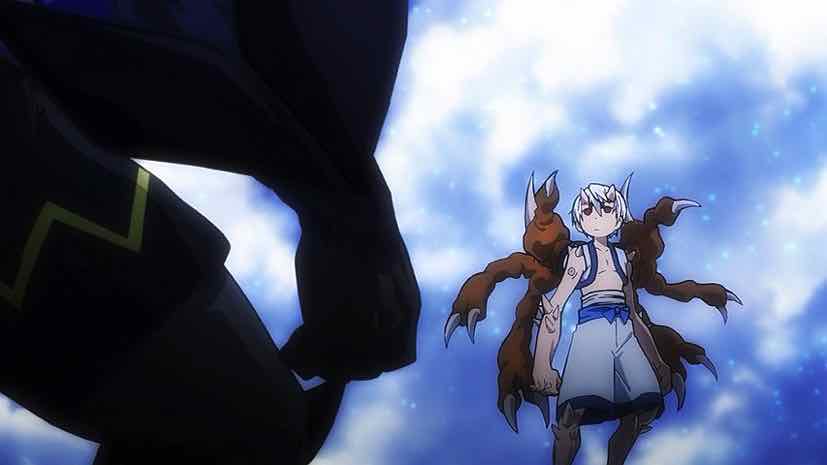
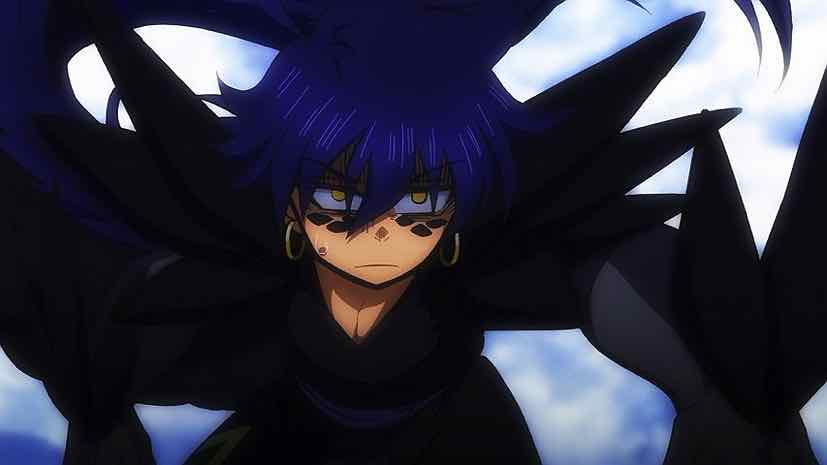
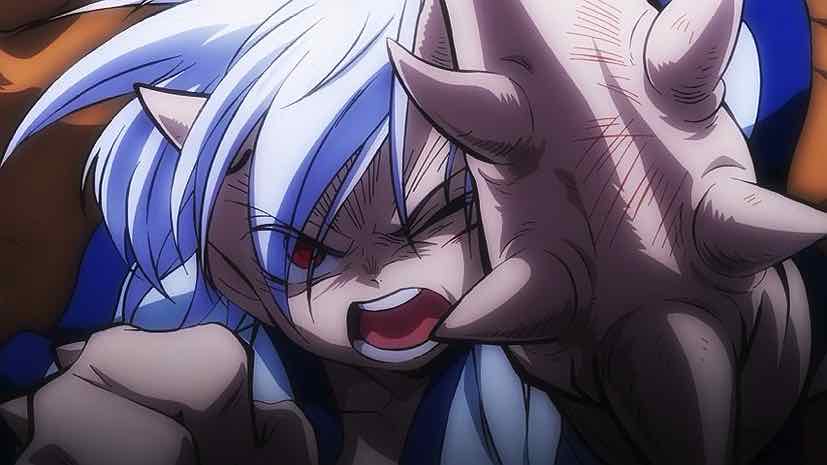


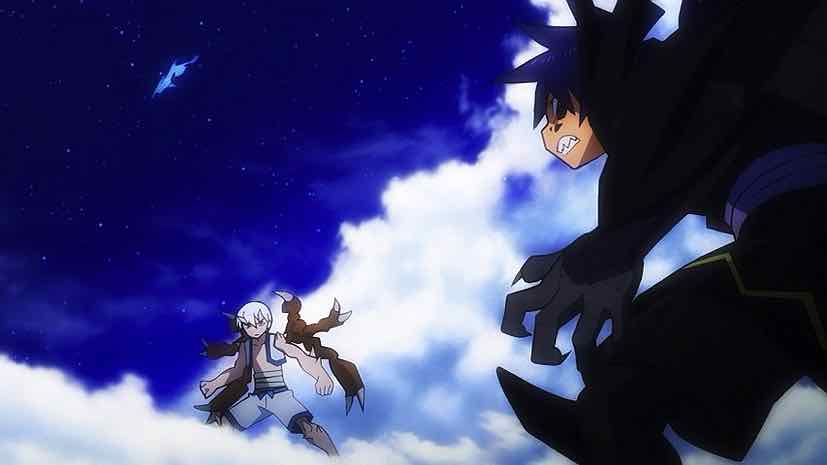
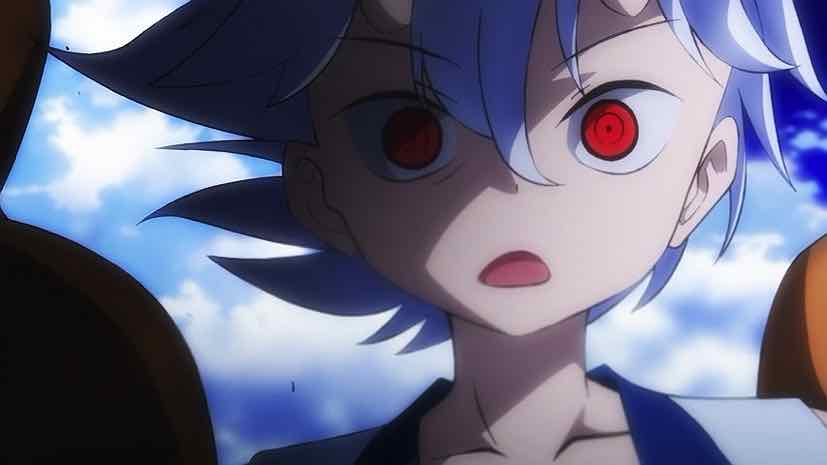
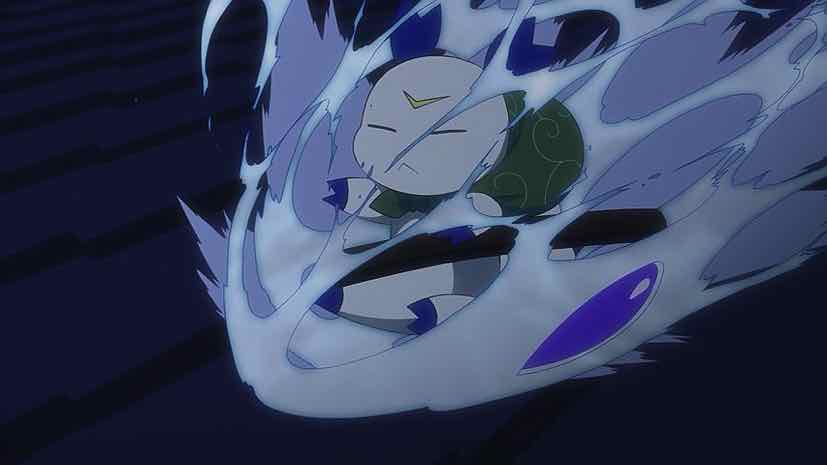
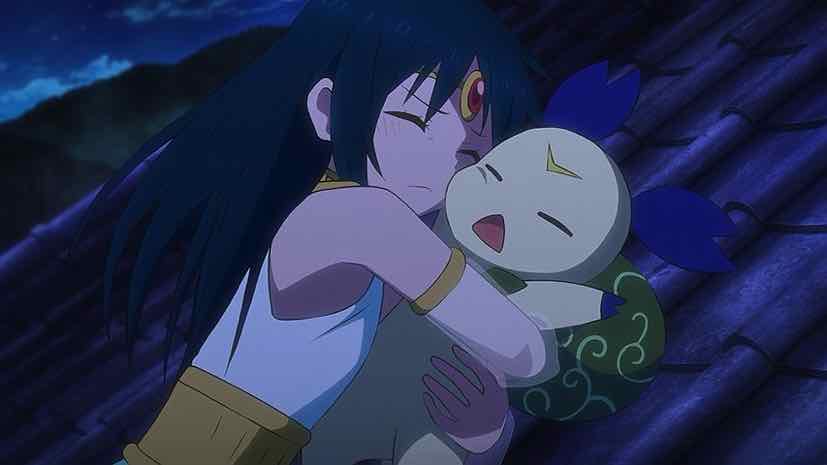
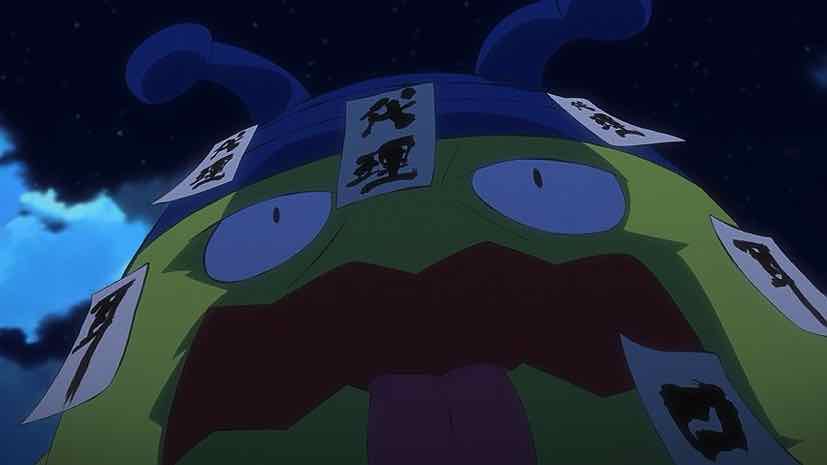
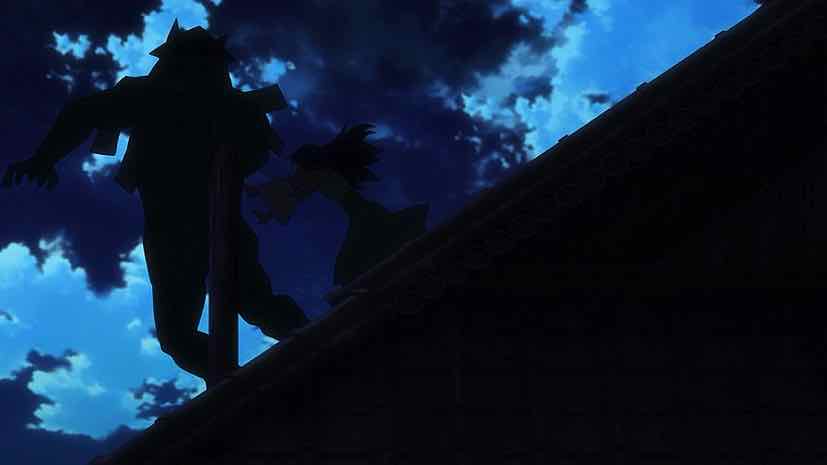
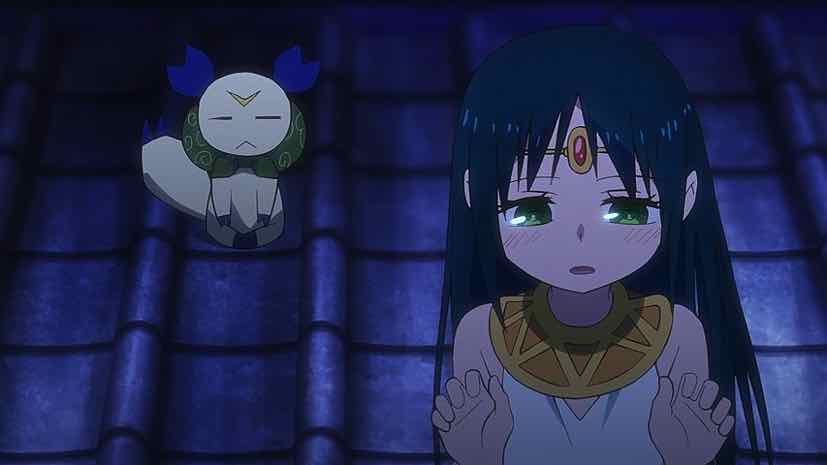
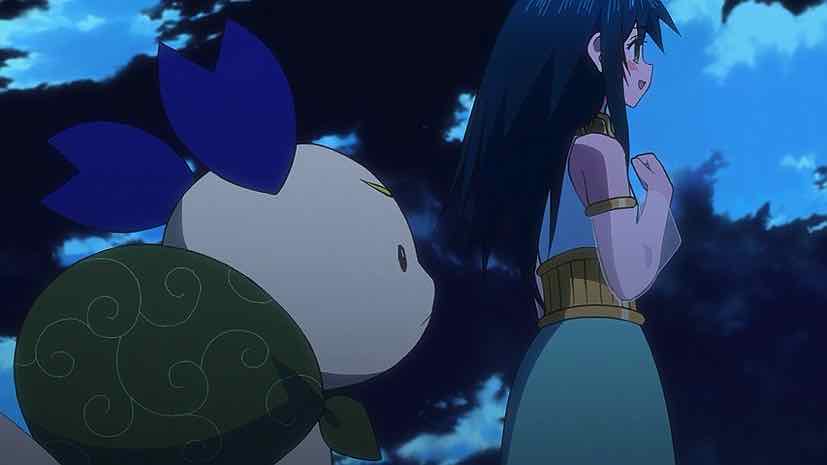
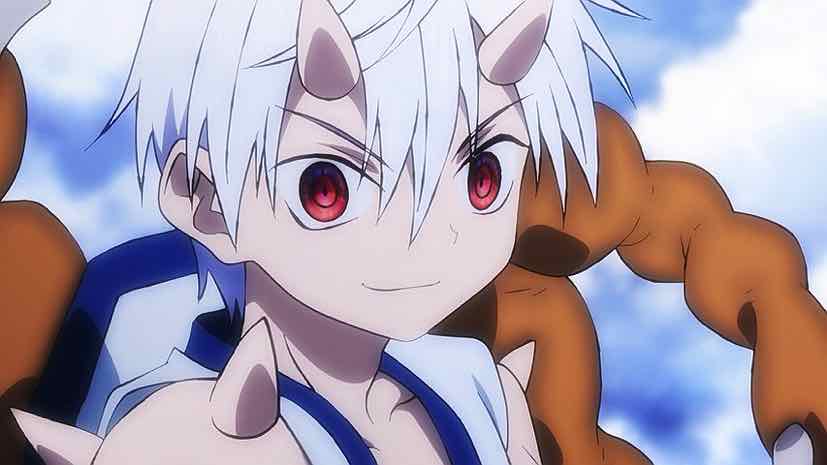
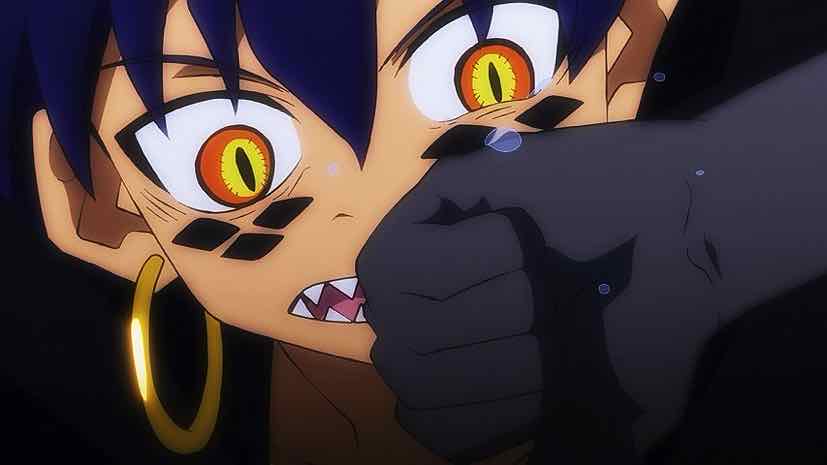
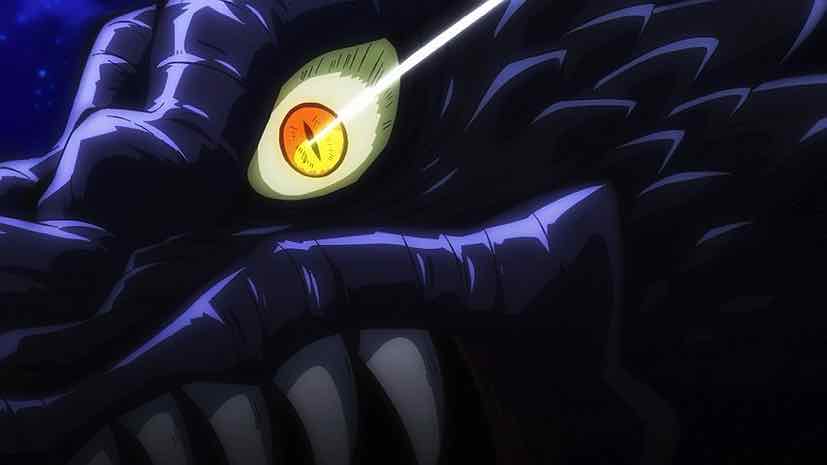
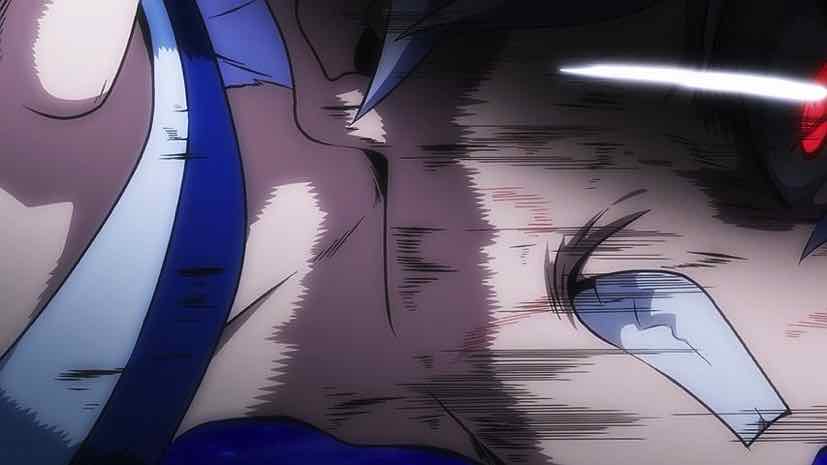
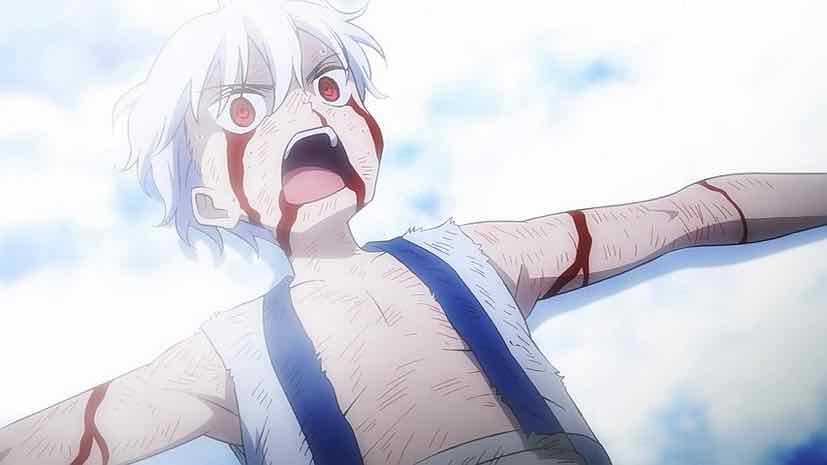
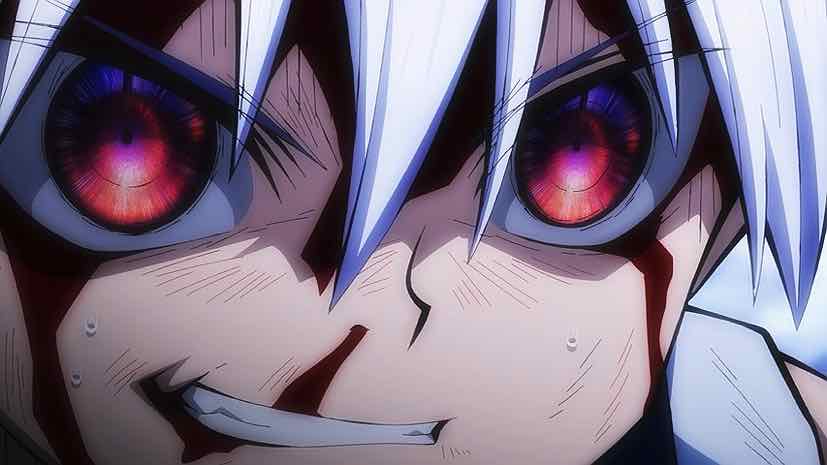
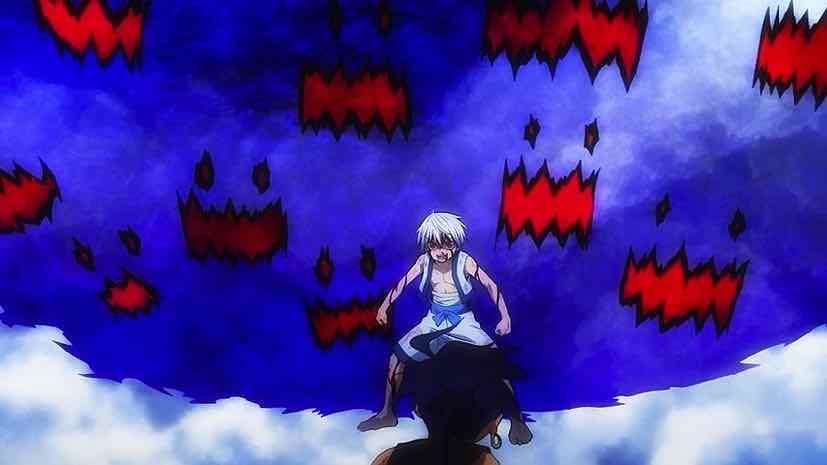

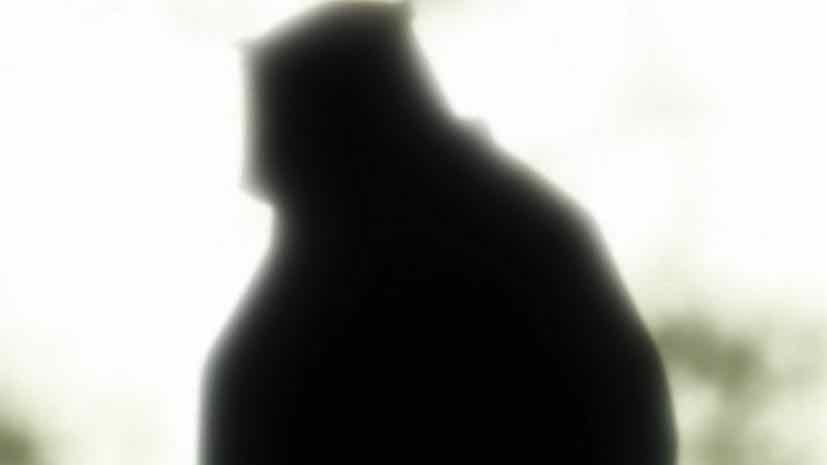
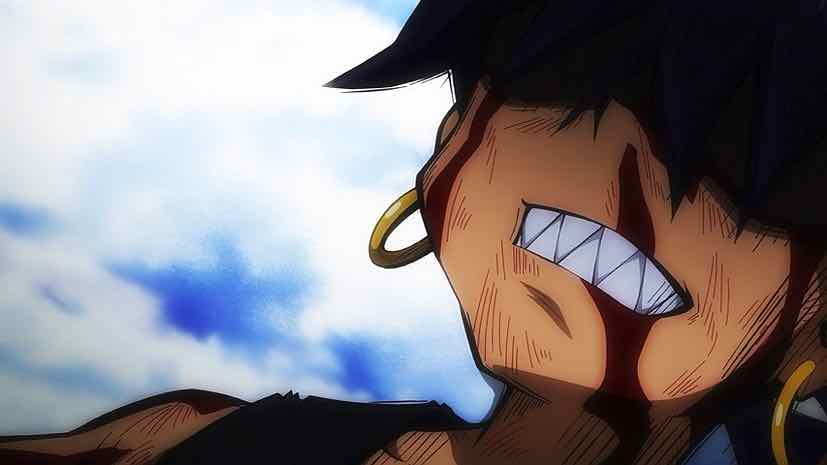
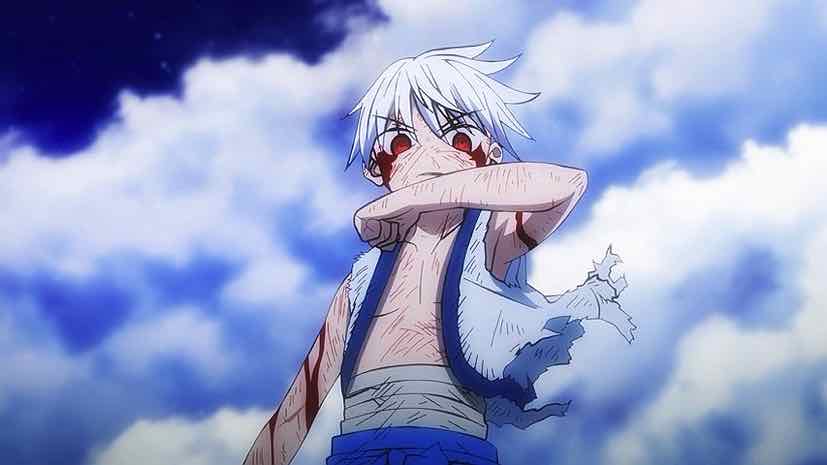
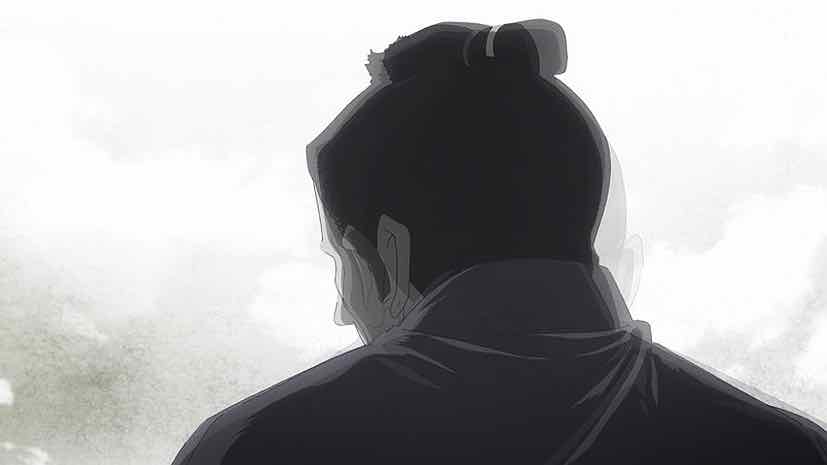
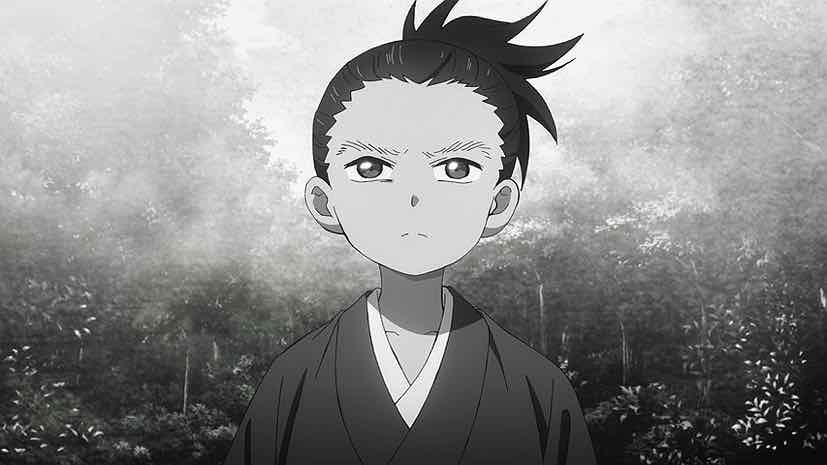
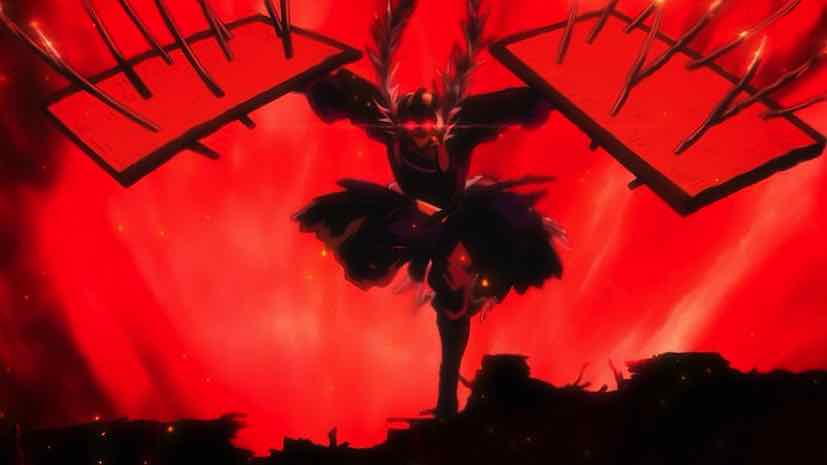
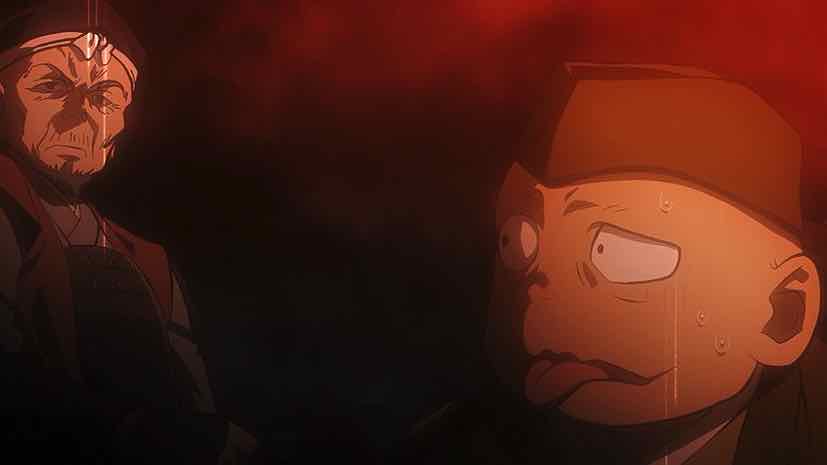
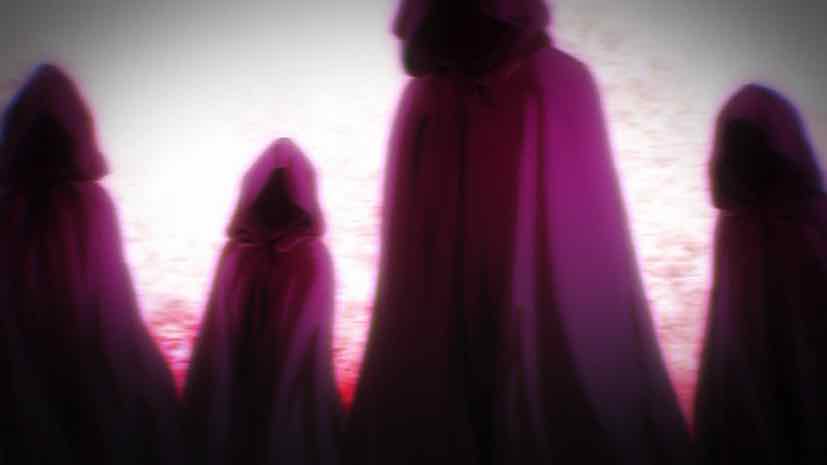
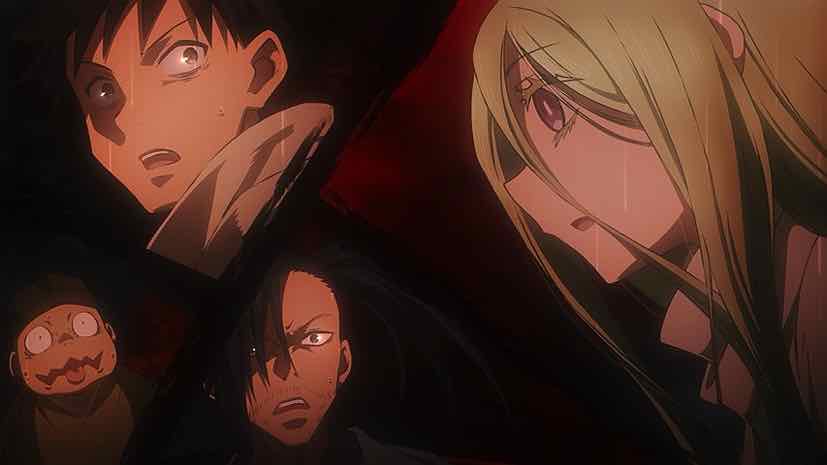
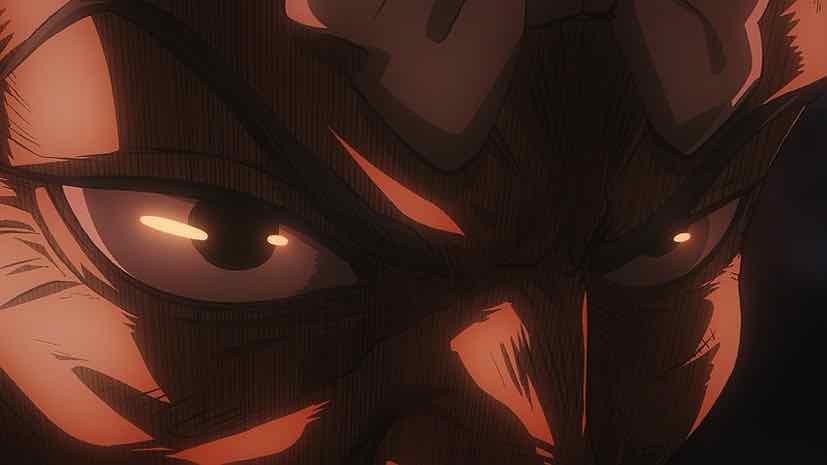
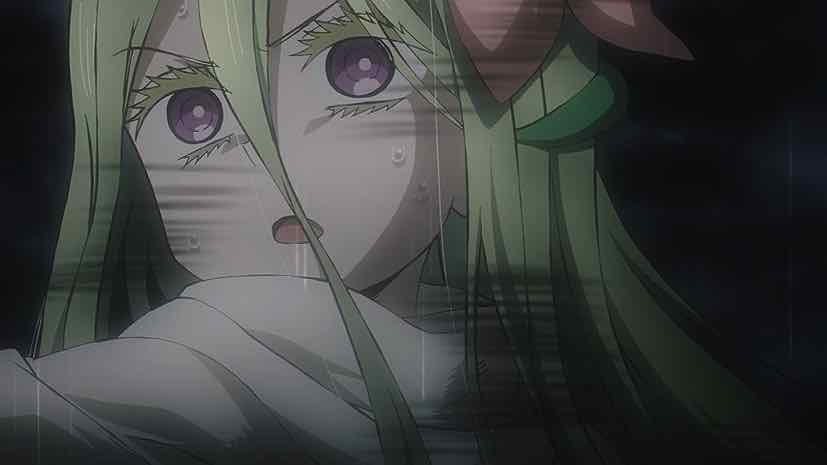

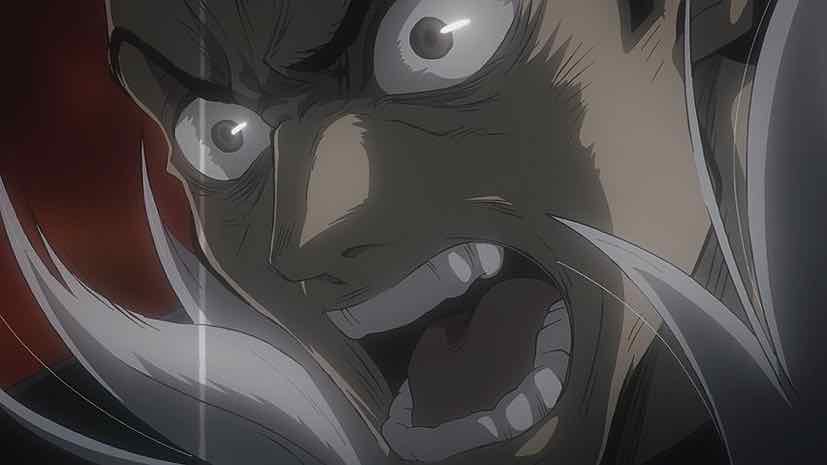
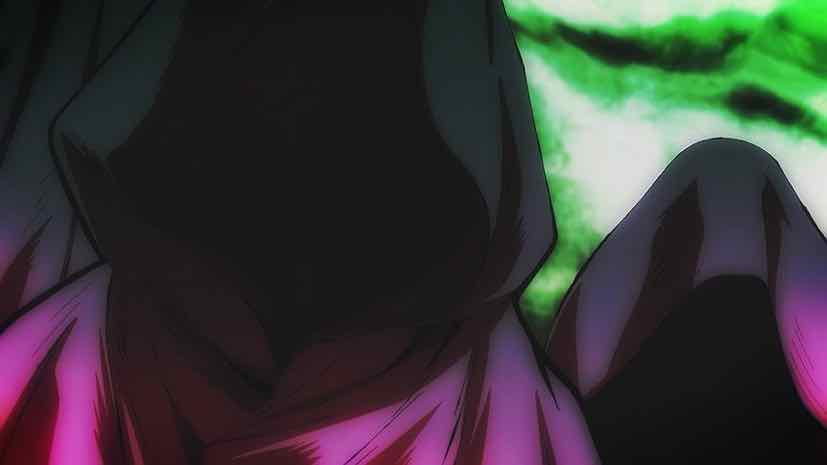
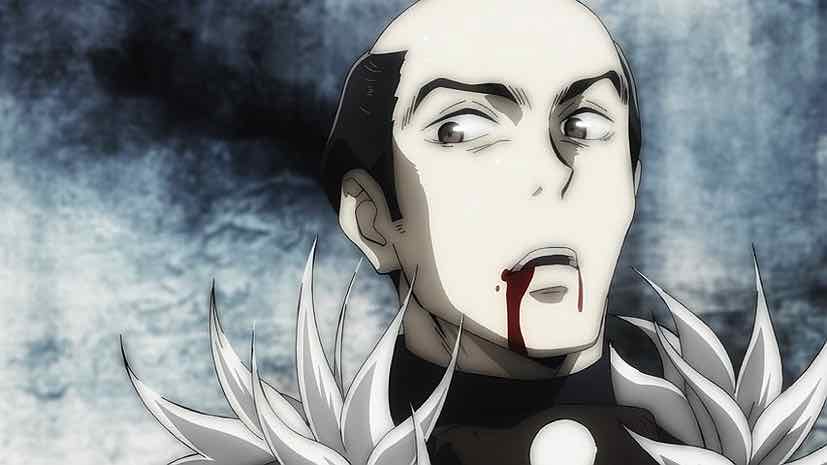
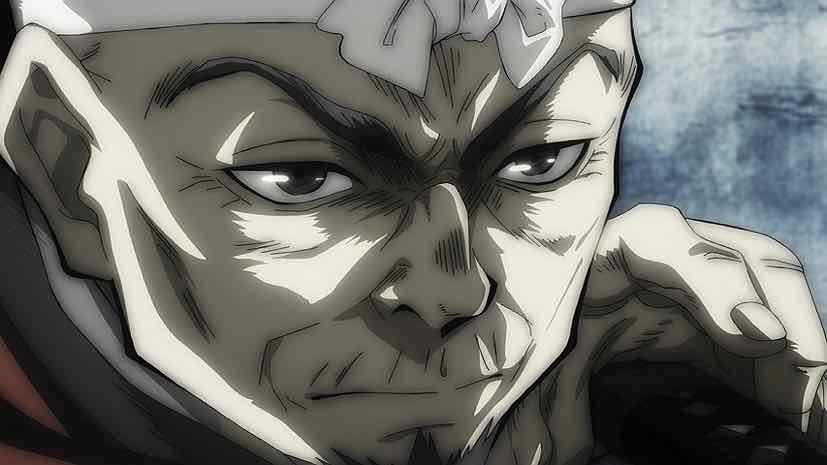
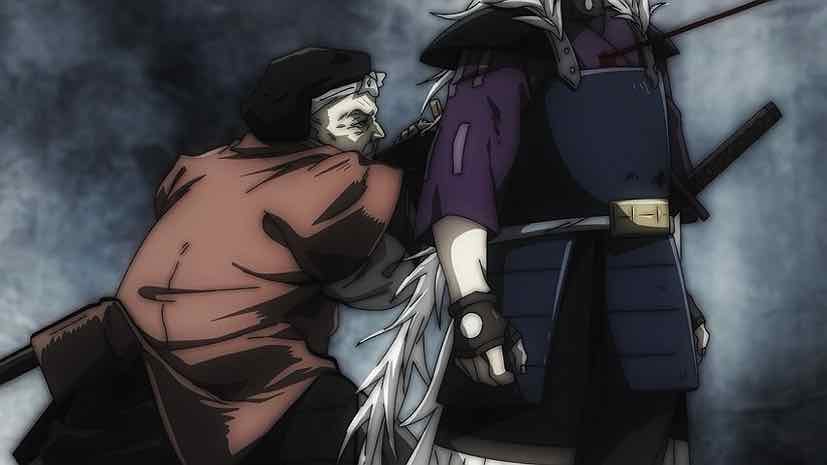
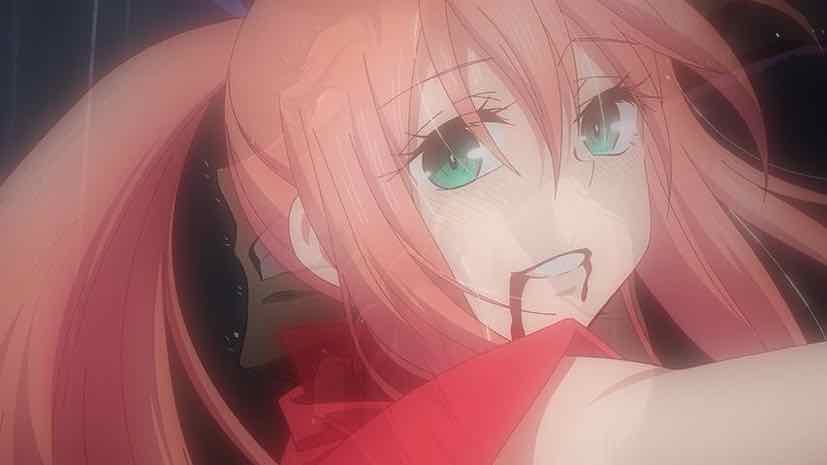
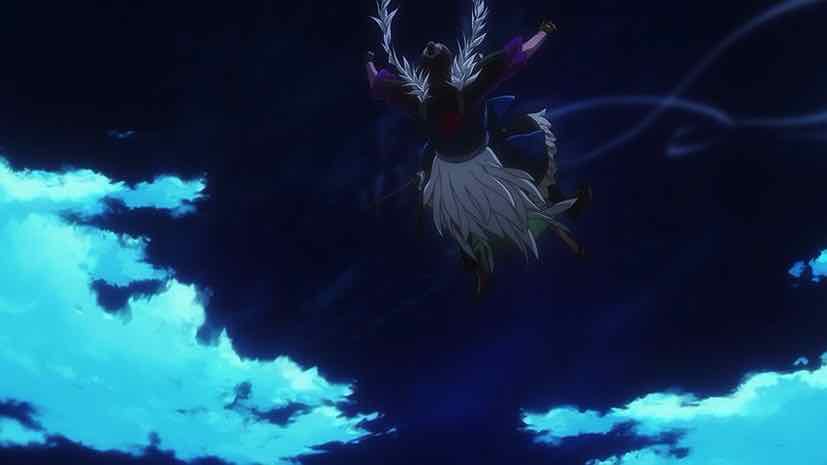
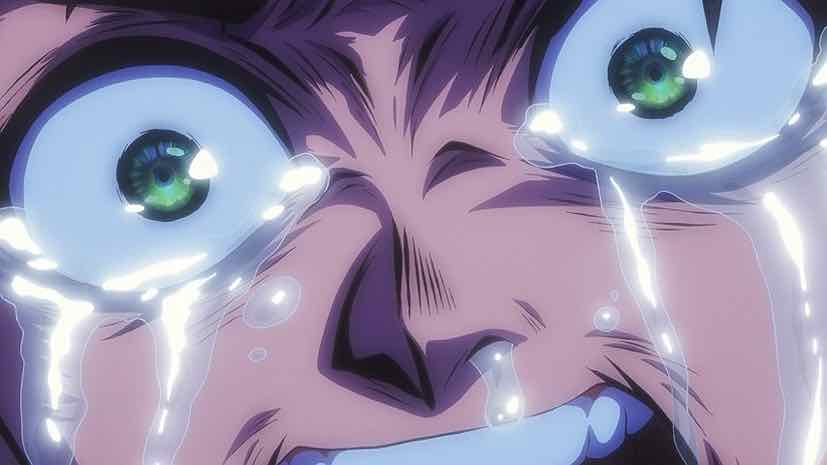
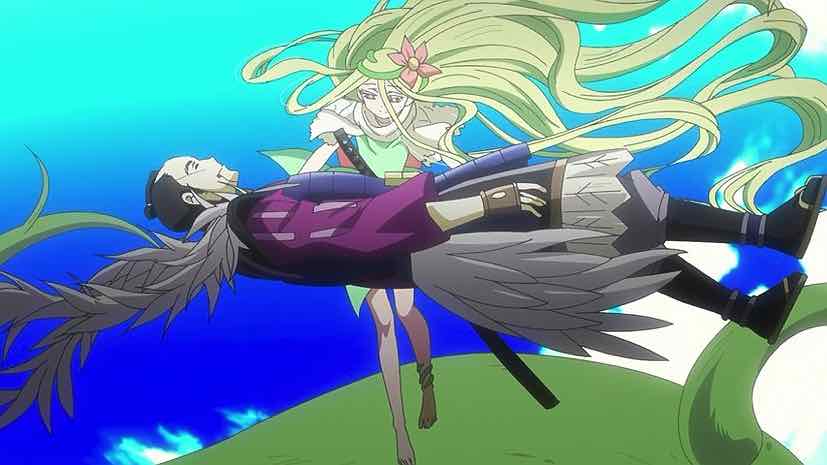
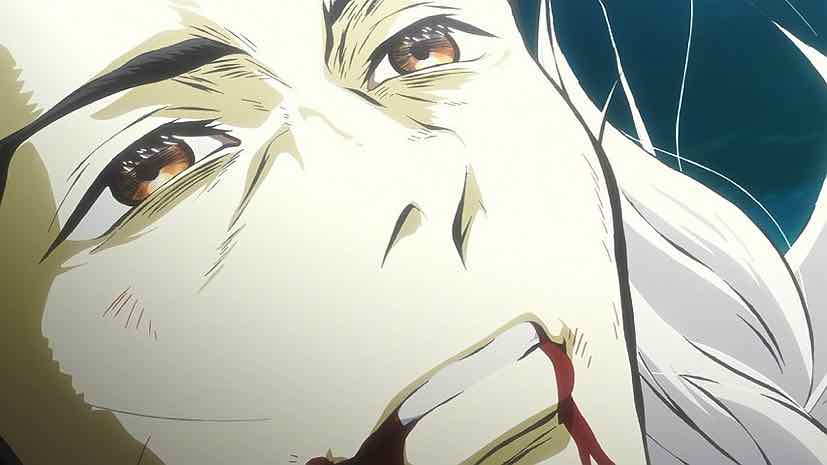
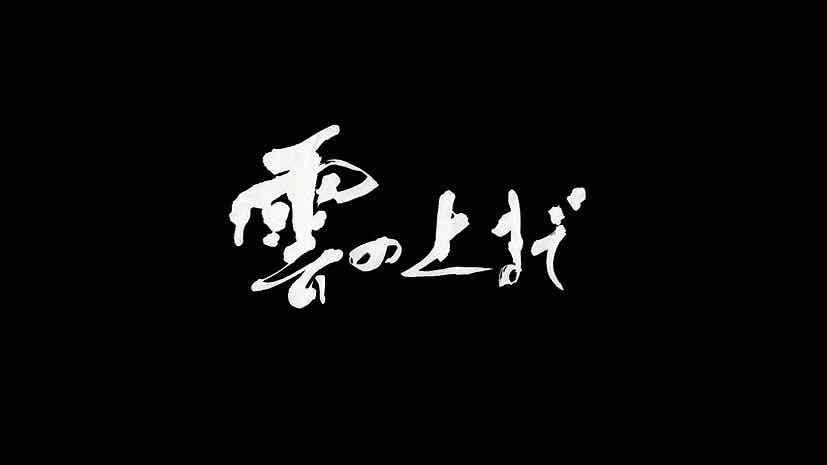

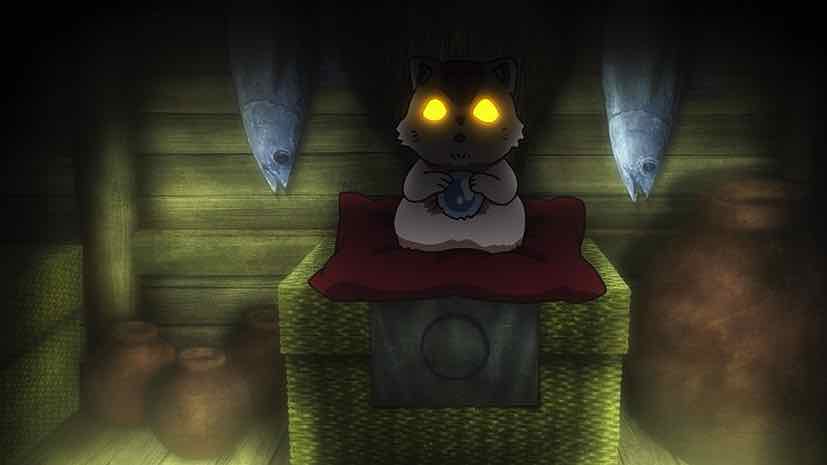
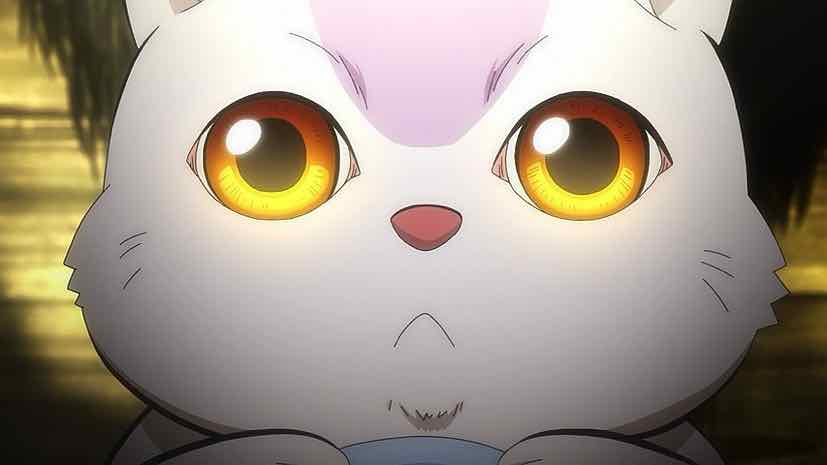
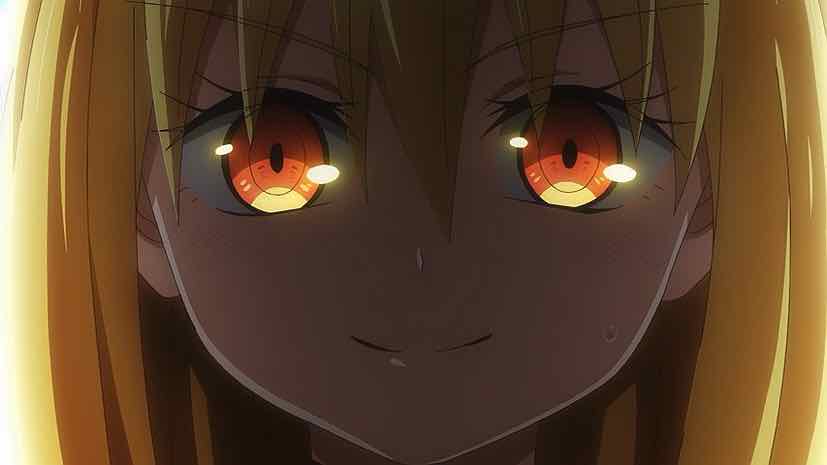

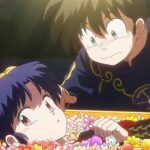
Joshua
August 23, 2024 at 1:16 amI have heard that fittingly for a shonen throwback (that subverts conventions), that classic 80s/90s Toei animator and director Shigeyasu Yamauchi was hired by White Fox to storyboard and direct this particular episode. He was also called to do 3 more episodes later in this series too. And I can definitely tell there was an old-school feel to this episode.
Nicc
August 24, 2024 at 5:36 amWe got two big fights, one on the ground and the other above it. Mudou and Senya were just getting warmed up in the last episode while Teru starts to face his enemies. Mudou vs. Senya is strictly a one-on-one duel while Teru is is taking on dozens of enemy soldiers at a time… and mowing the down. Teru is driven to esctasy, a feeling which Hanatora seems to share as she’s enjoying the carnage while Shinsuke and Raidou are terrified.
Up in the sky, Banshouou is getting a good show as well too as the two lads duke it out. Indeed, Mudou is a simple fella. He wants to be fight because he’s strong and wants to be stronger. Senya is on the flip side of the coin. He’s strong, but he doesn’t want to fight as strong foes like Mudou seek him out. Senya does admit that the laughing was just an act, but hopes that fighting with Mudou will help him learn something. As the fight goes on, he is winning over more and more of the katwara as they want to be the strongest too, dragon or no dragon in front of them.
Nau does manage to slip in and helps Tsukiko escape. A shikigami of Tago isn’t about to let her escape so easily, but then she simply gets behind him and pushes him over the building. Well, that’s that. Instead of getting away, she’s going to wait for Senya to win the battle and rescue her. If I do have a criticism here, it’s for the battle between the lads. It’s got a lot of close-ups and fast cuts, which are pet peeves of mine when it comes to modern fight choreography in live-action movies (It has gotten better lately, though). It’s more effective here because of the stylized action, but I still would have like to see more of the action further from the camera.
Back on the ground, Teru is running out of enemies to kill as Matsunaga enters the fray. He says that he already foresaw his own death, but with the way things were going there was nobody left to challenge him. That’s when those hooded figures show up again, which not even Teru can see. He attempts to communicate with them, which Hanatora tries to prevent him from doing. Quick thinking from Shinsuke pulls her away from those figures, lest they also drive her mad. They seem to call themselves the Void people. There’s more to be heard, but Matsunaga takes this opportunity to kill Teru while he’s distracted. It’s a win and a loss here. Senya is able to beat Mudou and with the help from his katawara, who are now 100% on board with him. At the same time, Shinsuke laments that he was too late again as we see that Arabuki still has its powers even with a broken blade. Teru gives him some last words of encouragement and to rename his sword to Kazamatsuri.
Elsewhere, Tama has successfully tracked down that fortune teller, who of course was expecting her. It’s been a while and so I’m wondering if psychic hotlines are still around. It’s got some idea where Jinka is, but that information comes at a price. I’m thinking that this current arc in Kyoto is over now. We get a bit more information about those Void people and seeing Jinka again might not be too far off.